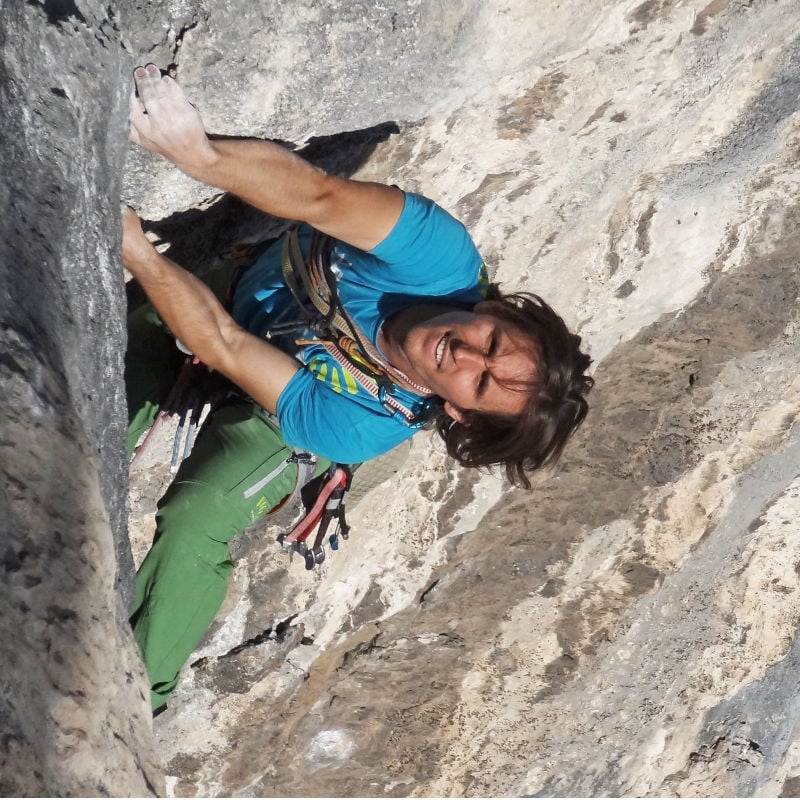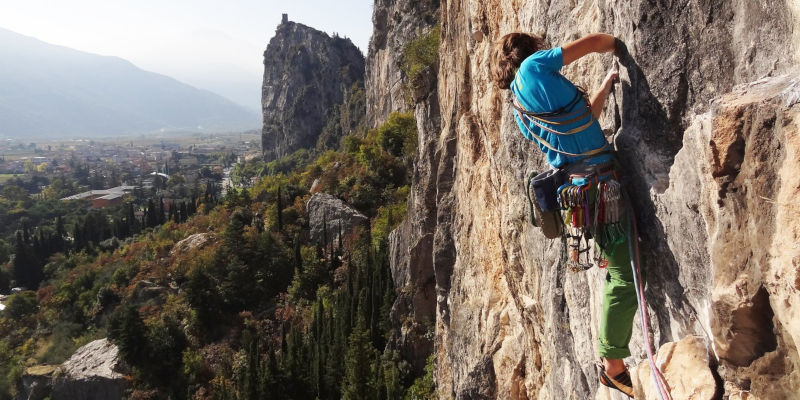WHEN BEPI WAS DOWN THERE
Bepi’s house was a humble cabin right below the face of Monte Colodri. In front, on the left, was a dry and badly trampled field, where the climbers parked their cars – maybe eight places in all, but it was enough. There were large boulders all around, where, either after climbing or because the weather was very bad, we enjoyed challenging ourselves on those miniature walls. We didn’t call it bouldering yet, but, as was the case seventy years before, it was considered part of climbing too. Roberto Bassi, Hainz Mariacher, Manolo, Luisa Jovane ... the strongest of the moment. To us, penniless novices, all we could do was watch, or at most show off Lucio, who was a marvel on the rocks with his rippling muscles, and in this case he saved our ragtag bunch.
Bepi was a strange person. Sometimes he offered us something to drink, but usually only if there were girls with us. His house was full of stones, and he told us that in those stones he was looking for the foot he lost in the war. Inside the small house was a stove where a large pot of water was always boiling. I remember the smell of smoke and his romantically nonsensical stories.
My friends are taking the long route while I climb up directly, leaving behind on my right the pizzeria at the base of the face, which used to be Bepi’s house. On the left, a mesh fence blocks the entrance to the old parking lot, and trees have grown too close to the boulders, making it impossible to climb them now. I look up at the unchanged rock wall of Monte Colodri. Although it is still early, an oblique winter light is already highlighting every secret.


